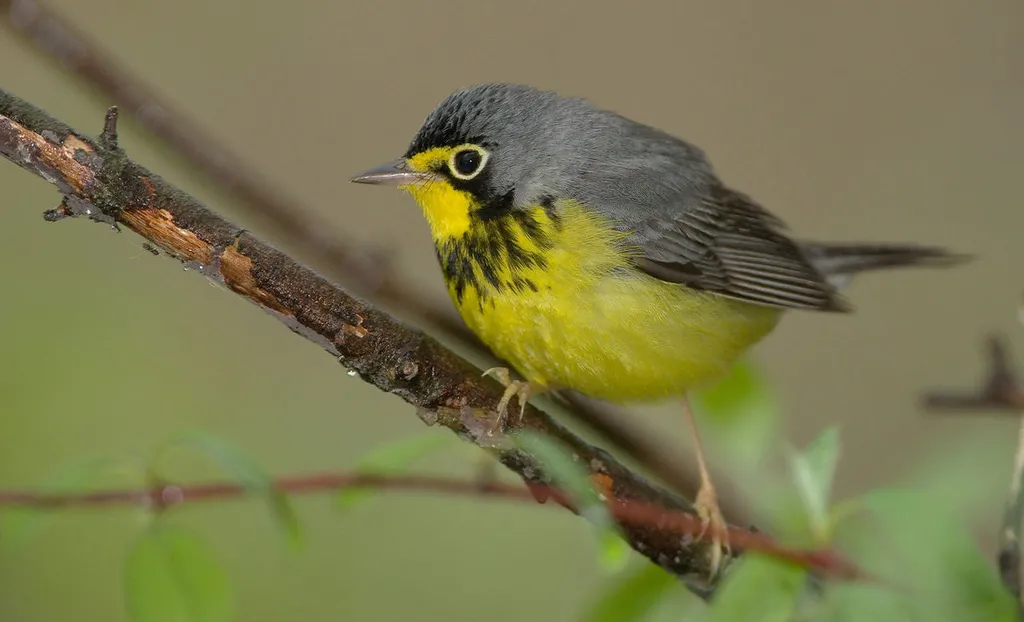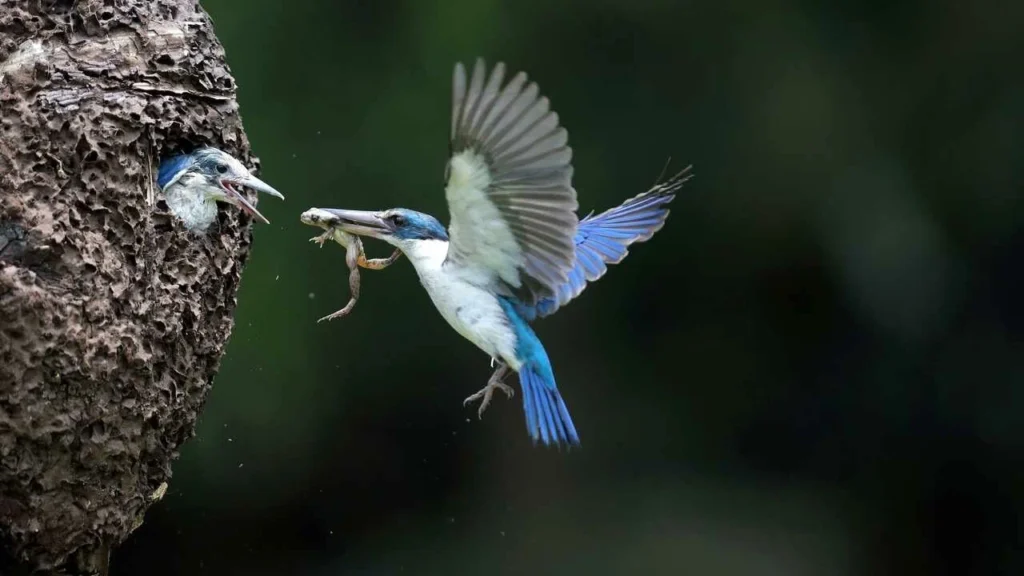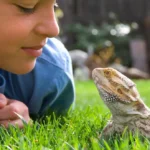Looking for fascinating creatures that help keep our gardens pest-free while putting on an aerial show? Let’s dive into the remarkable world of Birds That Feed on Insects nature’s own pest control specialists. From acrobatic warblers to industrious woodpeckers, these feathered friends play a crucial role in our ecosystem. Picture this: A yellow warbler swoops through your garden, snatching a moth mid-flight with pinpoint accuracy. These natural aerial acrobats don’t just provide entertainment they’re essential players in maintaining ecological balance. In North America alone, insect-eating birds consume an estimated 450-550 tons of insects daily, making them invaluable allies in both agricultural and urban settings.
Common Insectivorous Birds in North America
Warblers: The Tiny Hunters
These small but mighty hunters are among the most skilled insect-catching birds you’ll find. Here’s what makes them special:
- Yellow Warbler: Specializes in catching caterpillars and flying insects
- Common Yellowthroat: Masters at gleaning insects from dense vegetation
- American Redstart: Uses its distinctive fan-tail to flush out hidden insects
“Warblers are like the Special Forces of the bird world small, quick, and incredibly efficient at what they do.” – John James Audubon Society Field Guide
Swallows and Martins: The Aerial Experts
These extraordinary flyers spend up to 90% of their daylight hours hunting insects on the wing. Here’s a breakdown of their impressive stats:
| Species | Insects Eaten Daily | Preferred Prey | Hunting Height |
|---|---|---|---|
| Barn Swallow | 850-1000 | Flies, Moths | 0-50 feet |
| Purple Martin | 2000-2500 | Dragonflies, Beetles | 50-150 feet |
| Tree Swallow | 1500-2000 | Mosquitoes, Gnats | 10-100 feet |
Woodpeckers: The Bark Inspectors
These persistent drummers have developed specialized techniques for extracting insects from trees:
- Downy Woodpecker: Uses its smaller size to access tiny crevices
- Northern Flicker: Specializes in ground-dwelling insects
- Red-bellied Woodpecker: Expert at extracting wood-boring beetle larvae
Fascinating Feeding Adaptations
Nature has equipped these birds with remarkable tools for insect hunting. Their beaks tell fascinating stories of evolutionary adaptation:
Specialized Bill Types:
- Warbler bills: Fine-tipped for precise insect picking
- Swallow bills: Wide-mouthed for catching insects in flight
- Woodpecker bills: Chisel-like for drilling into bark
Hunting Techniques
Birds that feed on insects have developed three primary hunting strategies:
- Hawking: Catching insects in mid-flight
- Requires exceptional eyesight
- Involves split-second timing
- Most common in swallows and swifts
- Gleaning: Picking insects from vegetation
- Used by warblers and chickadees
- Requires careful searching behavior
- Most effective in dense foliage
- Drilling: Extracting insects from wood
- Woodpecker specialty
- Involves both sight and sound to locate prey
- Requires strong neck muscles and specialized tongue
Common Insects These Birds Feed On
Different species target various insect pests:
- Moths and Butterflies: Primary food for warblers
- Beetles: Favored by woodpeckers
- Mosquitoes: Targeted by swallows
- Flying Ants: Consumed by multiple species
- Grasshoppers: Eaten by larger insectivorous birds
Conservation and Environmental Impact
These birds provide critical ecosystem services:
- Natural pest control valued at over $4.5 billion annually
- Reduction of disease-carrying insects
- Support for agricultural productivity
- Maintenance of forest health
Case Study: Coffee Plantations Research in Costa Rica showed that birds that feed on insects saved coffee crops worth approximately $310 per hectare annually by controlling coffee berry borer beetles.
Seasonal Patterns
Understanding seasonal changes helps bird enthusiasts maximize observation opportunities:
Spring:
- Peak insect activity
- Highest feeding frequency
- Best time for photography
Summer:
- Early morning and evening feeding
- Focused on providing for nestlings
- Maximum insect consumption
Fall:
- Preparation for migration
- Increased feeding activity
- Diverse insect availability
Winter:
- Reduced insect activity
- Focus on overwintering insects
- Bark-gleaning becomes prominent
Photography Tips
For capturing these swift hunters in action:
Recommended Settings:
- Shutter speed: 1/2000 or faster
- Continuous autofocus mode
- Burst shooting enabled
- ISO: 400-800 in good light
Frequently Asked Questions
Q: Which birds eat the most insects?
A: Purple Martins consume the most insects per day, eating up to 2,500 insects daily.
Q: How can I attract insect-eating birds to my garden?
A: Plant native species, provide water sources, and avoid pesticides to create an insect-rich environment.
Q: Are these birds beneficial for garden pest control?
A: Absolutely! A single pair of breeding birds can consume up to 9,000 insects while feeding their young.
Conclusion
Birds that feed on insects aren’t just fascinating creatures they’re essential partners in maintaining ecological balance. By understanding and supporting these natural pest controllers, we can create healthier environments while enjoying their amazing aerial displays.
Want to learn more? Check out these resources:
- Cornell Lab of Ornithology’s All About Birds
- National Audubon Society
- Your local bird watching groups









